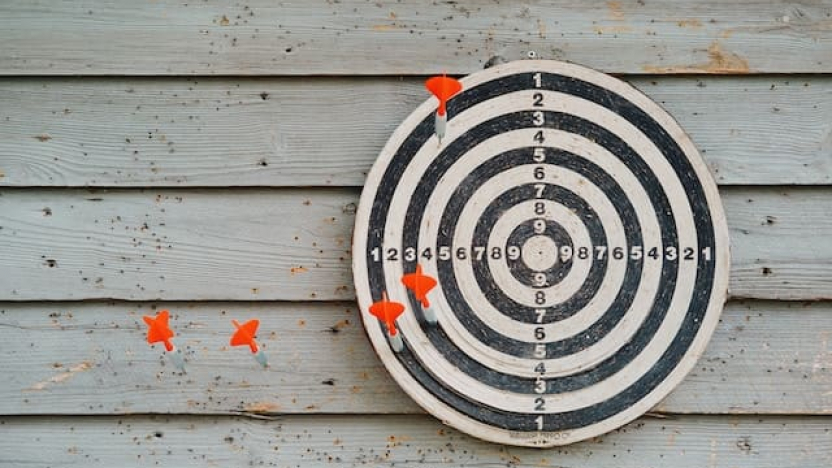Trademark protection myth or fact?

Intellectual property (IP) can be complicated, so it’s little wonder that it’s not well understood by the public at large. Take our quiz to see if you can identify which of these commonly held beliefs about trademark protection, registration and branding are true.
Here are some common preconceptions about trademarks. Which of these are true – and which are false?
Trademark offices will automatically reject any trademark application that infringes my brand
False. To protect registered trademark rights, you need to formally oppose any trademark application that infringes your existing registrations. Trademark-watching services will monitor new applications to identify identical or confusingly similar marks, giving you time to write to the applicant or to file an opposition at the trademark office. Find out more about trademark watching and the opposition procedure.
I should check to see if anyone else is using my trademark before I use it
True. An availability (or clearance) search is recommended to establish whether your mark is available for use and/or registration in your chosen markets. By checking before you file your application, you can mitigate the risk of an infringement action by any third party that has registered a trademark that is identical or confusingly similar for similar goods or services. Find out more about trademark searching.
I can use and protect any term in everyday language as a trademark
It’s complicated. It’s true to say that everyday language can be protected as a trademark if it has distinctive character. This means that it is capable of distinguishing the products and services of one company from those of other companies. That’s why a trademark such as Apple is registrable for computers and Diesel for clothing. However, you can’t just use any everyday term as a trademark. Terms that are descriptive (such as Apple for apples), generic (such as Hoover for vacuum cleaners) or considered laudatory, offensive or in breach of public morality will likely be refused. Read our top tips for choosing a new brand name.
I don’t have to limit my chosen trademark to a simple word
True. A word mark will protect your chosen trade name, but it is not the only attribute of your brand that might be eligible for trademark protection. You can also acquire trademark rights for logos, shapes, packaging, slogans and other distinguishing elements or combinations, including ‘non-traditional marks’, such as sounds, colours, holograms and multimedia. However, the bar for registration is generally higher for such marks. Find out more about trademark protection for non-traditional trademarks.
If I receive an objection, I have to abandon my application
False. If a third party formally opposes your trademark application, you will have the opportunity to reply to the office action (to challenge the opposition) or to negotiate with the other party to create a co-existence agreement). It is advisable to consult a trademark attorney for specialist advice, as they will be able to guide you on the relative merits of the opposition, as well as assisting you with replies to office actions and/or the negotiation process. Find out more about the opposition procedure.
If I register my trademark once, it is protected globally
False. Trademark rights are national or regional titles, so registering your trademark in one country doesn’t mean it’s automatically protected worldwide. Instead, registrations need to be obtained in the markets in which you sell, manufacture or transport your goods. This can involve using multiple national systems (as with a UK or French trademark), regional systems (as with an EU or Benelux trademark) or via the international trademark registration system administered by the World Intellectual Property Organization (WIPO). This international right enables you to designate countries that are signatories to the Madrid Agreement in a single application. Discover if the Madrid System is right for you.
I should indicate that I hold a registered trademark by using the ® symbol
True. The ® symbol stands for 'registered trademark' and indicates that the logo or word has been registered as a trademark. Using it on packaging can help you to indicate your ownership of the mark as part of a successful brand strategy, providing its use is not misleading. This means you shouldn’t use it next to any trademark that hasn’t been registered (in general or in a specific country). The ™ symbol indicates an 'unregistered trademark' and is used to denote common law rights or to indicate that the mark is being used as a trademark.
To find out more about trademark protection strategies, speak to your Novagraaf consultant or contact us below.
Contact us for more information
Latest news
Webinars & events
[Trademark event] Join us at the 2026 INTA Annual Meeting in London!
We’re excited to learn that the 2026 Annual Meeting of the International Trademark Association (INTA) will take place from 2–6 May at ExCeL London, UK. Our London team is on hand in case you have any questions about preparing your visit to the next INTA Annual Meeting.
Webinars & events
[Webinar] IP that scales: How to innovate, protect and launch faster in the fast-moving consumer goods
Gain live expert insights from Alban Radivojevic and Vanessa Harrow on aligning trademarks, designs and patents to enable speed, protection and competitive edge.